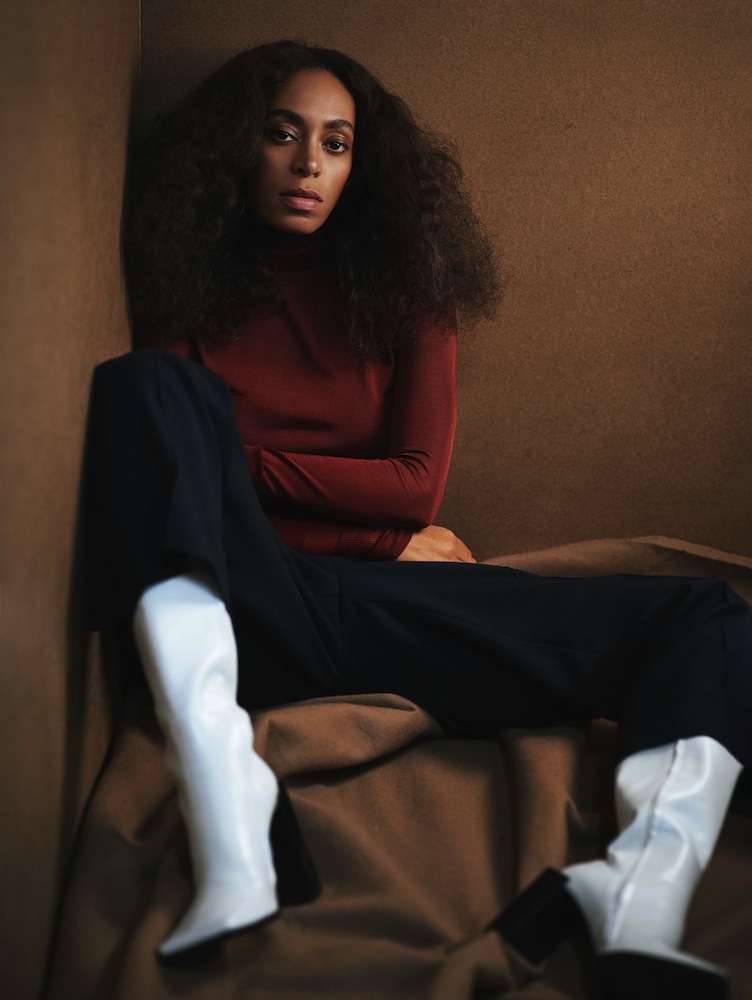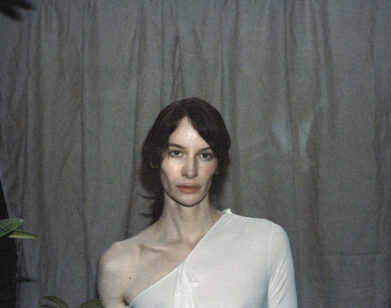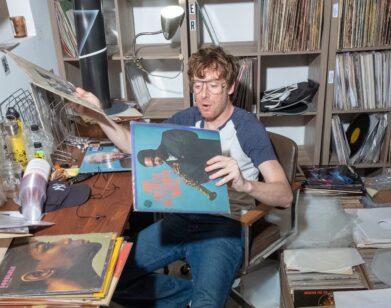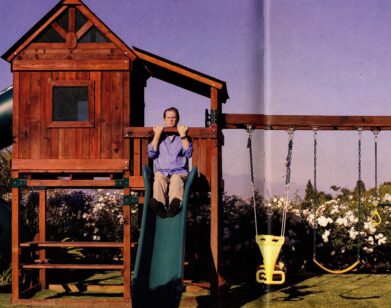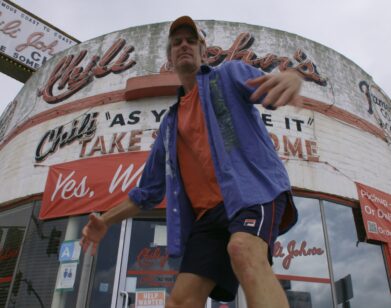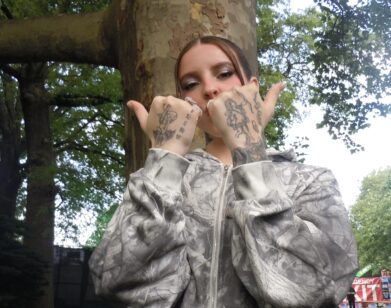Solange films herself dancing to her own songs
“Art plays a really strong role in my creativity,” Solange Knowles told a packed out audience at the Museum of Contemporary Art in Chicago Wednesday. “Ever since I was a young girl, I always gravitated toward the idea that there was a visual language I could express to tell my story.”
Knowles’ work has always explored the boundary between pop and high art—therefore the Museum of Contemporary Art seemed like a fitting place for her to discuss how her passion for visual arts influenced her third album, A Seat At The Table, released nearly a year ago.
Knowles’ artist talk further explored her creative identity, illuminating her writing process, the artists who inspire her, and how she conceived the music videos for the record.
SHE WAS INSPIRED TO WRITE MORE BLATANT LYRICS AFTER READING CLAUDIA RANKINE’S CITIZEN: AN AMERICAN LYRIC, A BOOK OF CRITICISM, POETRY, AND IMAGES ABOUT RACIAL AGGRESSIONS.
“I actually read Claudia Rankine’s Citizen on a trip with my husband for our first anniversary. We had a really scary encounter with the police in Marfa, Texas, of all places. A friend of mine owns a bookstore there. We know a lot of artists and creatives in Marfa, and everyone was moreso embarrassed that it happened. Everyone knew what it was. My friend gave me this book and said, ‘I think this will be really helpful for you, I think you would enjoy it.’ I had a really big breakthrough, in that, Ms. Rankine is so brilliant at saying what the fuck it is. After that, when I started to approach the lyrics, I had a different perspective, where I could just say, ‘All my niggas in the whole wide world, this is for us.’ Whereas before, I would have tried to come up with some poetic landscape to put that in.”
SHE DIDN’T ANTICIPATE SUCH WIDESPREAD ACCLAIM FOR A SEAT AT THE TABLE.
“To be honest, there was a lot of fear in embarking to make this album, in the beginning … I preemptively, just for my own self-care, the night before the album came out, called my mom, asked if she could hang out with my son, Julez, for a week, and then my husband and I went to Mexico in the middle of nowhere. I had no Internet, no phone, I didn’t know what was going on. When I checked my email two days later, everyone was like, ‘Do you see what’s going on?’ This was really an album for my own exploration and self-care, because if I didn’t make it, I’d be in trouble. [The reception] blew my mind.”
SHE HAD ONLY FINISHED A SEAT AT THE TABLE FOUR WEEKS BEFORE RELEASING THE ALBUM.
“In the past, I haven’t really followed a traditional album rollout. Both True and A Seat At the Table came out within four weeks of me finishing them. For me, I finish the thing, I said what I said, and now let’s get it out there so I’m not having panic attacks for the next three months.”
WHEN SHE’S WRITING A SONG, SHE ALSO FILMS HERSELF DANCING AROUND TO IT IN THE STUDIO. THIS PROCESS HELPED HER DEVELOP THE MOVEMENT AND CHOREOGRAPHY FOR HER MUSIC VIDEOS AND LIVE SHOW.
“One of the things that I get so excited about when I’m creating the album, I’m already formulating some of those [visual] concepts. I actually have over 200 videos on my photo booth. When I’m writing a song, I also film myself dancing around to it in the studio. It’s really a practice in how I see myself and how I want the world to see me … Through this practice of self-study and watching these photo booth videos, I started to feel really good about what I was communicating with my body and my movement.”
SHE AND HER HUSBAND DROVE FROM NEW ORLEANS TO NEW MEXICO TO FILM THE A SEAT THE TABLE MUSIC VIDEOS … TWICE.
“The videos are really about me working through those 70 states, those 70,000 states of being that I felt myself going through and how I could communicate that through those videos. And it was hard, it was so, so hard. We started off with a crew of maybe 25 people, and we ended with 5 people in a Kia van. We drove from New Orleans to Santa Fe. The first time we had two trailers, gaffers, a DP, an assistant DP, all the support, but it was so much energy. When I was trying to cross mountains and climb up on a building, all of those energies really started to affect me. It was not the photo booth feeling anymore. So my husband and I actually did [the trip] again, just the two of us, with three other people who assisted and helped. I will forever be grateful for the experience of making those videos.”
SHE’S GREATLY INSPIRED BY THE WORK OF THE ARTIST DONALD JUDD.
“Donald Judd has been a huge influence for me over the past few years, which is why I make that pilgrimage to Marfa so much. I fully agree with his philosophy that the work takes on the space it’s around. That was really a turning point for me … I’m super, super, super excited about performing during the Chinati Weekender in front of Judd’s sculptures [in October]. I’ve had a personal and spiritual relationship with those concrete boxes for a very long time. I think I’m actually the first artist they’ve let interact with those works. To stand firm in that, and to fully realize my vision, and to have the support from them to be able to do that, it means a lot.”
SHE BELIEVES IN TAKING HER TIME AND DOCUMENTING THE ALBUM PROCESS IN DETAIL.
“In a lot of ways, I’m really slow. I don’t know if it’s the Houston in me—just innately chopped and screwed. [Laughs] I need to take my time. Now that I’ve invited people into my world a little bit more, they point out to me that the process of me having the idea, writing it down, sketching it out either in my notes or a voice memo, or physically drawing it out, until its conception, takes me a while. I’m not one of the types of artists who can just conjure that up, and then the next day, be like, ‘This is what it is.’ I need to meditate on it, I need to sleep on it. I’ve learned, especially with this album, to document. Documentation has been everything to me.”

